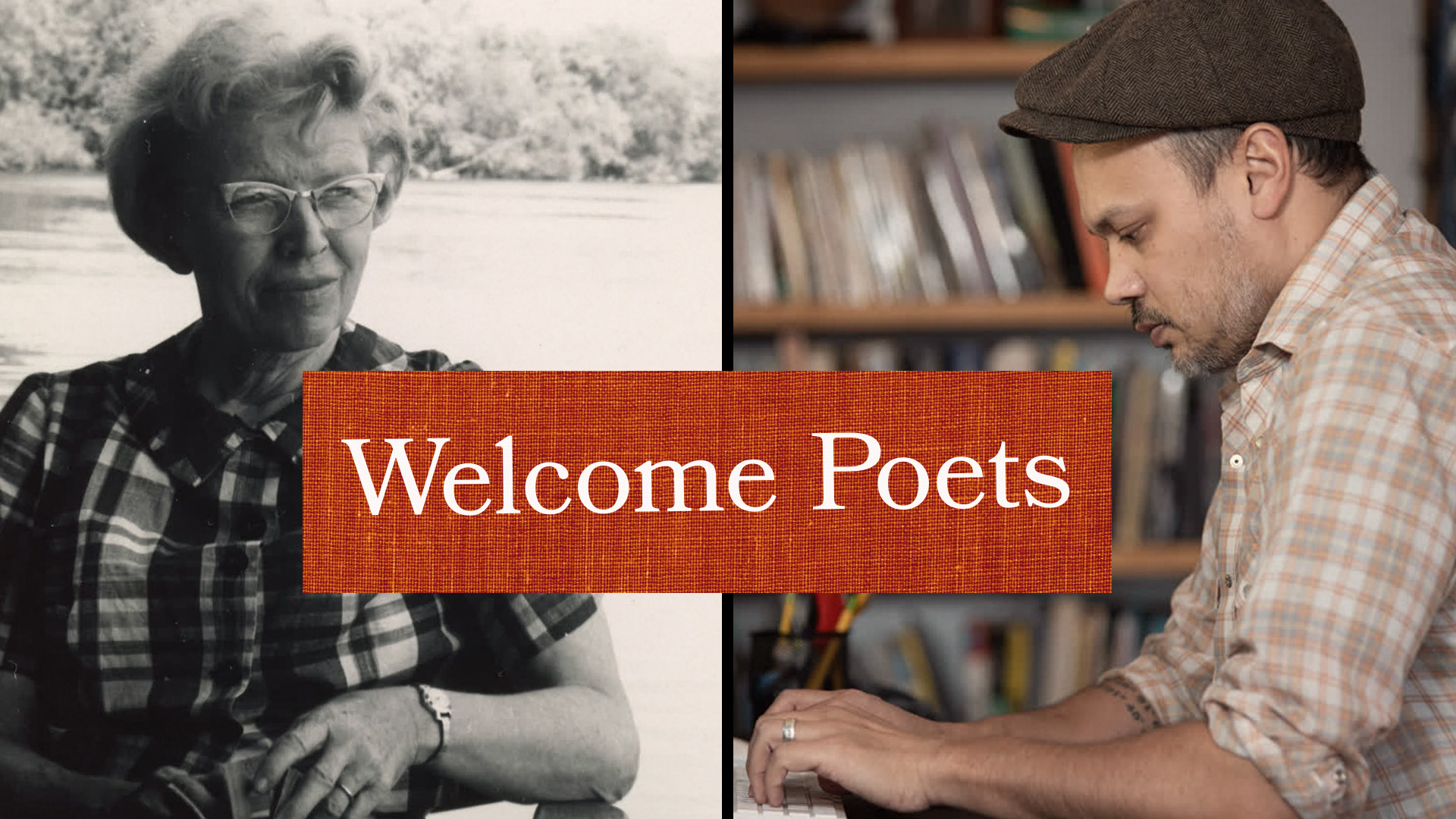[bright string music] [gentle music] [birds chirping] – Narrator: Ah, rural Wisconsin.
Rolling farmlands, grazing cows, beautiful lakes and trees, and a Tibetan Buddhist temple.
[record scratch] Wait, what?
Yes!
Right here in Oregon, Wisconsin: a Tibetan Buddhist temple and monastery.
A place for students of the Buddhist religion to live, study, and meditate, and for people of all ages to come and learn about Tibetan Buddhism and culture.
But how did a temple like this end up here?
Its story starts long ago, high up in the mountains of Tibet… [gentle dramyin music] Being a monk was what Lhundub Sopa had wanted ever since he was a boy.
Monks devoted their lives to studying, helping others, and pursuing the path to Enlightenment.
But now that Lhundub was at the monastery, there was so much to memorize and learn.
He was worried he’d never be able to accomplish it all– and then, he’d be in trouble.
In fact, he was so worried about doing a bad job that one day, he decided to run away from school.
He spent a whole night hiding by the gate of the school’s monastery, and when morning came, he ran down the mountain and then hid in a barn!
He was never going back!
When he finally arrived home, his parents were surprised, and even a little angry.
What he did was dangerous!
His parents let him stay for a few days, and when he returned to school, things weren’t as bad as he had feared.
His uncle at the monastery talked to his teacher.
He could have more time for learning and memorizing.
Without having to rush or worry about getting in trouble, things got much better for Lhundub Sopa.
Soon, he was one of the best students in his school.
Over time, Lhundub became highly respected for his understanding of Buddhist ideas.
In fact, he was so knowledgeable that he became a teacher for other monks.
When the Dalai Lama– the spiritual and political leader of Tibet– took his Buddhist degree exam, Lhundub Sopa was even chosen as one of the examiners.
It was an incredible honor.
But things were happening that would change his life forever, as well as the lives of tens of thousands of Tibetans.
The Chinese government believed that Tibet was a part of China, and in 1950, sent in its army to take it over.
When the Tibetans rose up for independence, the Chinese Army responded with violence.
[gunshots] In the midst of this chaos, the Dalai Lama decided to leave his homeland in 1959.
Many other Tibetans decided to go as well, including Lhundub Sopa.
This was a very difficult decision and a difficult journey.
They walked and rode horses through mountain passes; they crossed rivers and plains and valleys.
The journey was treacherous.
There were Chinese airplanes flying overhead, dangerously narrow mountain paths, and some of their animals became sick.
[horse snorting] After many days, Lhundub Sopa and the other monks finally arrived in India.
But that wasn’t the end of Lhundub’s journey.
The Dalai Lama had a special request for him: to go to America with three other monks and learn English.
This way, the Dalai Lama’s message of peace and compassion could spread around the world.
Lhundub Sopa realized this was a chance for him to help preserve the traditions of Tibetan Buddhism in another part of the world, now that their home country of Tibet was not a safe place for monks.
He and the three young monks flew to the U.S., and within a few short years, he began teaching Tibetan language at the University of Wisconsin, in Madison.
Just as the Dalai Lama envisioned, many of his students were interested in more than just language learning.
Soon, Lhundub Sopa’s house was overflowing with students who wanted to learn about Buddhism!
He started to think about how to share the teachings with even more people: a Buddhist temple and monastery, right here in Wisconsin.
There was another reason for a bigger space: he had requested that the Dalai Lama perform a particular Buddhist ceremony in Wisconsin: the Kalachakra empowerment ceremony.
Lhundub Sopa hoped it would bring peace and blessings to the area.
After much searching, and with help from friends, Lhundub Sopa and his students finally found a house in the town of Oregon, Wisconsin, with enough space and a community that would accept them.
On the day of the ceremony in 1981, people came from all over the world to receive this special blessing.
It was the first time this had happened in the Western Hemisphere, but it wouldn’t be the last.
The Dalai Lama made more visits, and the Deer Park Buddhist Center kept growing, opening a brand new temple in 2007.
Today, the Center continues to share the teachings of Buddhism, the way prayer flags share their blessings on the wind.
All because a monk from a small Tibetan village had a lifelong commitment to his people and their culture, and the generosity to teach anyone who wanted to learn.
[gentle flute music]
Search Episodes

Donate to sign up. Activate and sign in to Passport. It's that easy to help PBS Wisconsin serve your community through media that educates, inspires, and entertains.
Make your membership gift today
Only for new users: Activate Passport using your code or email address
Already a member?
Look up my account
Need some help? Go to FAQ or visit PBS Passport Help
Need help accessing PBS Wisconsin anywhere?

Online Access | Platform & Device Access | Cable or Satellite Access | Over-The-Air Access
Visit Access Guide
Need help accessing PBS Wisconsin anywhere?

Visit Our
Live TV Access Guide
Online AccessPlatform & Device Access
Cable or Satellite Access
Over-The-Air Access
Visit Access Guide
 Passport
Passport






Follow Us